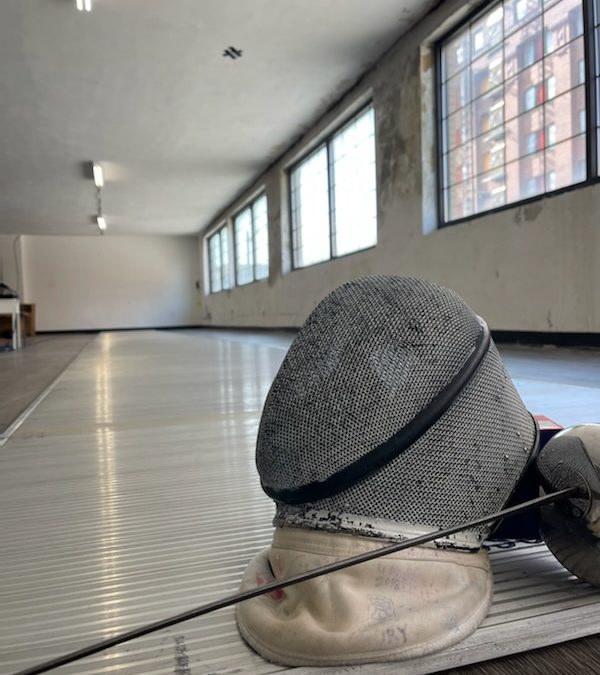In recent years, fencing has been experiencing a remarkable surge in popularity, both as a recreational activity and a competitive sport. Long gone are the days when fencing was seen as an obscure pastime; it is now making its mark in the mainstream sporting world. But what’s behind this resurgence? In this blog post, we will explore the reasons why fencing is becoming more popular than ever.
- Accessibility and Inclusivity
One of the key factors driving the increased popularity of fencing is its growing accessibility. Fencing clubs and schools have sprouted up in many communities, making it easier for people of all ages and backgrounds to try the sport. This inclusivity encourages a more diverse group of individuals to take up fencing, from children to adults, and from various cultural backgrounds.
- Physical and Mental Benefits
Fencing offers a unique blend of physical and mental benefits, making it attractive to a broad audience. On the physical side, it provides an excellent cardiovascular workout, improves agility, balance, and coordination. Fencing also promotes core strength and overall body fitness.
The mental aspects of fencing are equally appealing. It challenges participants to think strategically, anticipate their opponent’s moves, and make quick decisions. Fencers develop excellent focus, discipline, and problem-solving skills. As people seek activities that provide both physical and mental stimulation, fencing stands out as an ideal choice.
- Increased Visibility in Media and Pop Culture
Fencing’s popularity has received a boost from its increased presence in the media and pop culture. From movies like “The Princess Bride” to popular TV series like “Game of Thrones,” fencing scenes have captured the imagination of audiences worldwide. Furthermore, Olympic coverage and international tournaments have contributed to fencing’s growing visibility. These portrayals have inspired individuals to explore the sport for themselves.
- Competitive Success
Recent successes in international competitions have generated a surge of interest in fencing. With Olympic athletes and World Championship winners emerging from various countries, the sport is now seen as a viable path to athletic success. As more young athletes aspire to become elite fencers, the grassroots interest in the sport has naturally increased.
- Educational and Scholarly Benefits
Fencing also appeals to parents who recognize the educational and scholarly benefits it offers to their children. Fencing requires participants to be not just physically fit but also academically sharp. The sport’s emphasis on discipline and focus carries over to school, helping students excel in their studies.
- Historical and Cultural Appeal
Fencing’s rich history and traditions have always been a source of fascination. The sport carries a sense of elegance and sophistication, often associated with the aristocracy of past centuries. As people seek connections to history and culture, fencing provides an intriguing link to the past.
- Social and Community Aspects
Fencing is not just a sport; it’s a community. Fencing clubs and schools often foster a strong sense of camaraderie among participants. The supportive and encouraging atmosphere within the fencing community makes it an attractive choice for people looking to connect with others who share their interests.
Conclusion
The rising popularity of fencing can be attributed to a combination of factors: increased accessibility, physical and mental benefits, media exposure, competitive success, educational advantages, historical appeal, and a sense of community. As more people discover the unique and captivating world of fencing, the sport continues to grow and thrive. Whether you’re a beginner looking for a new hobby or an aspiring Olympic champion, fencing offers something for everyone, and its popularity is only expected to continue to rise in the coming years.

